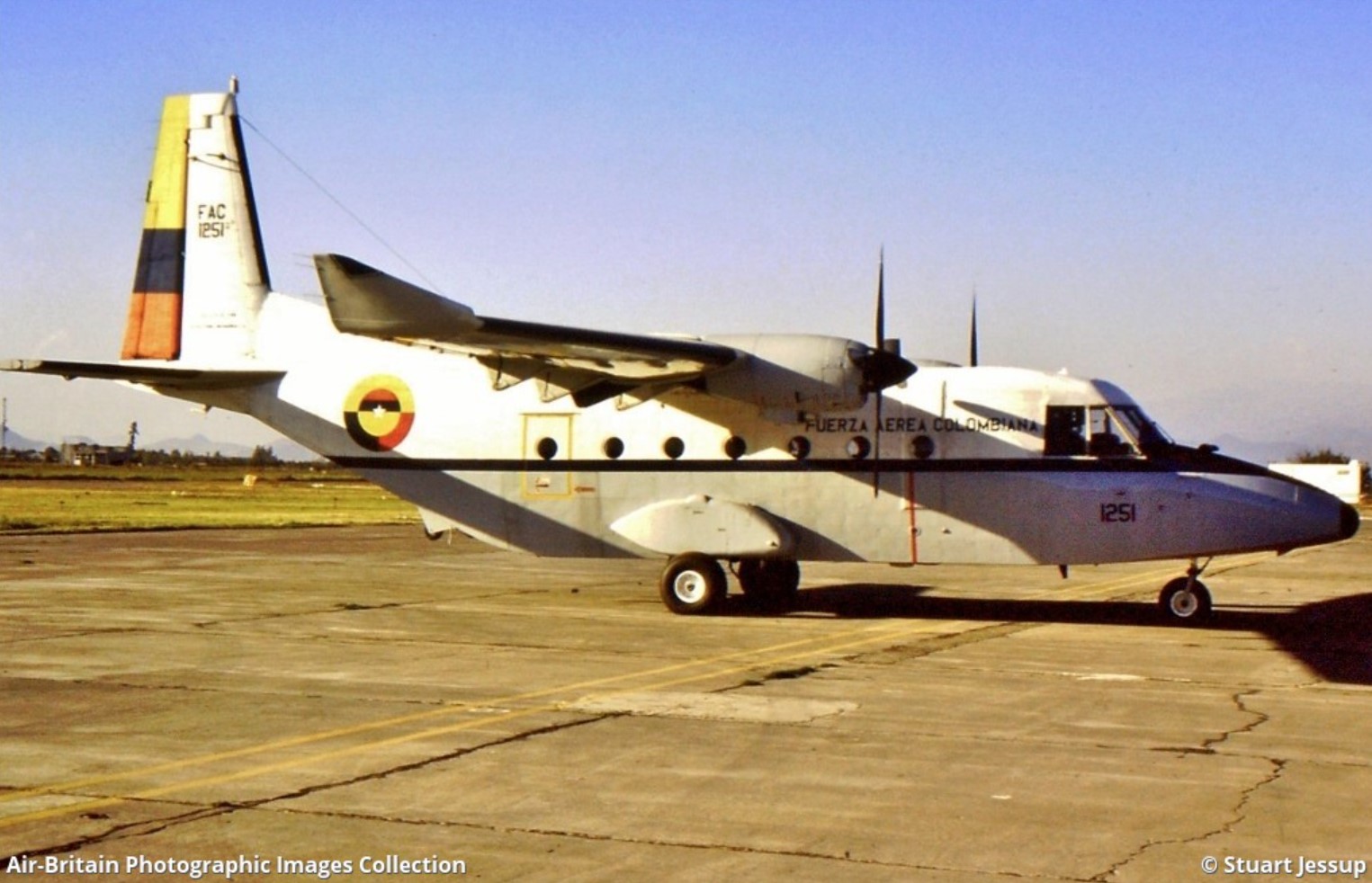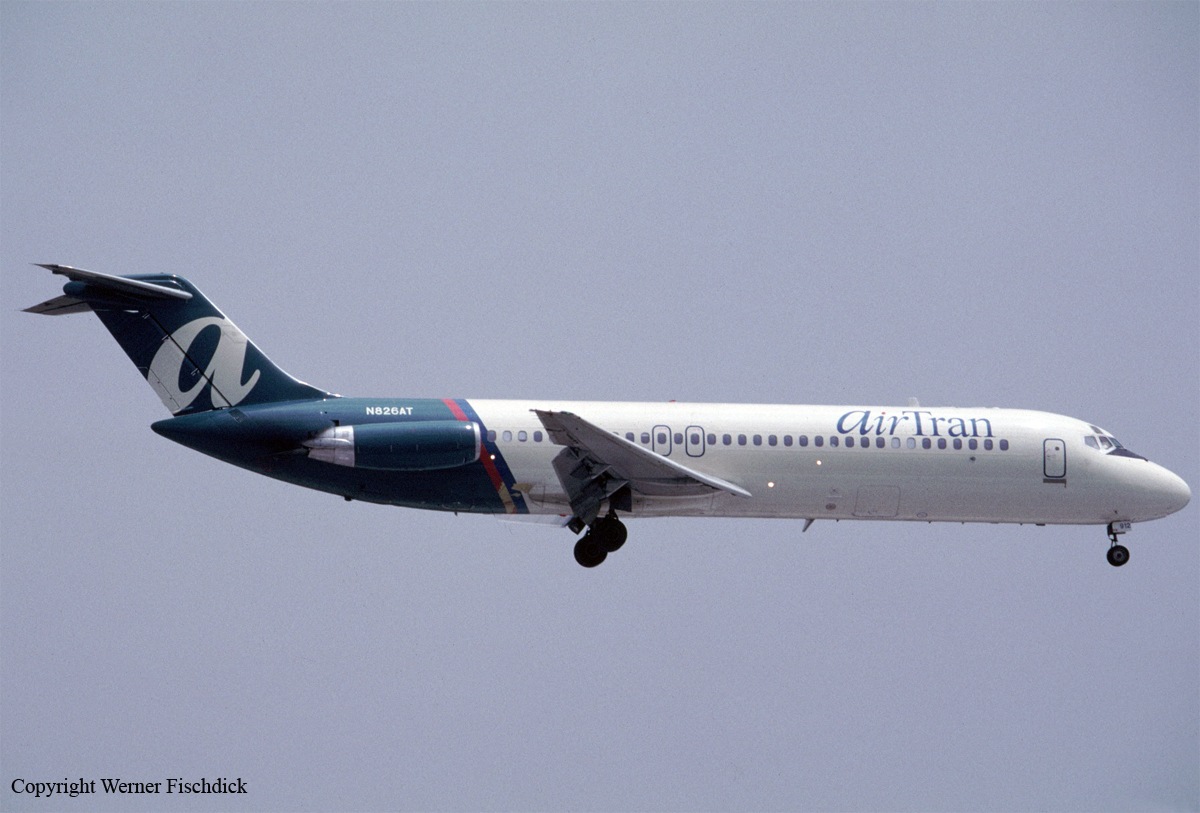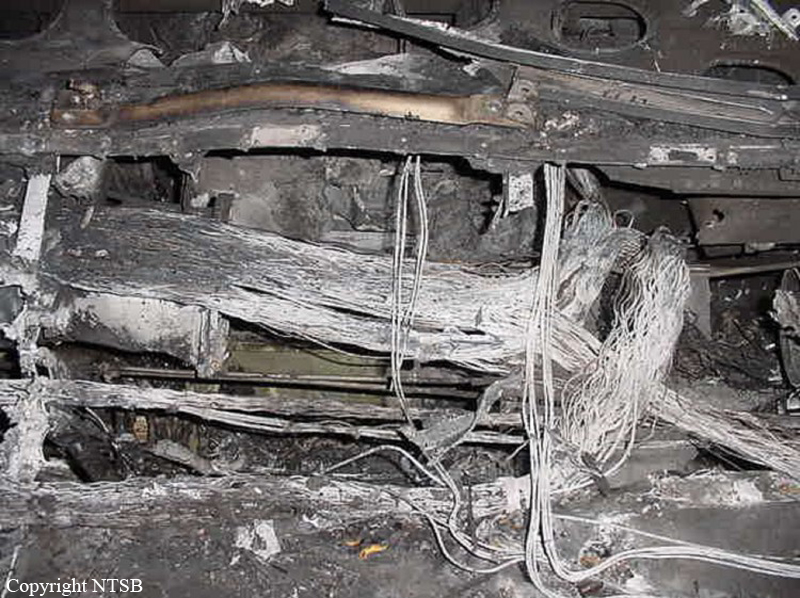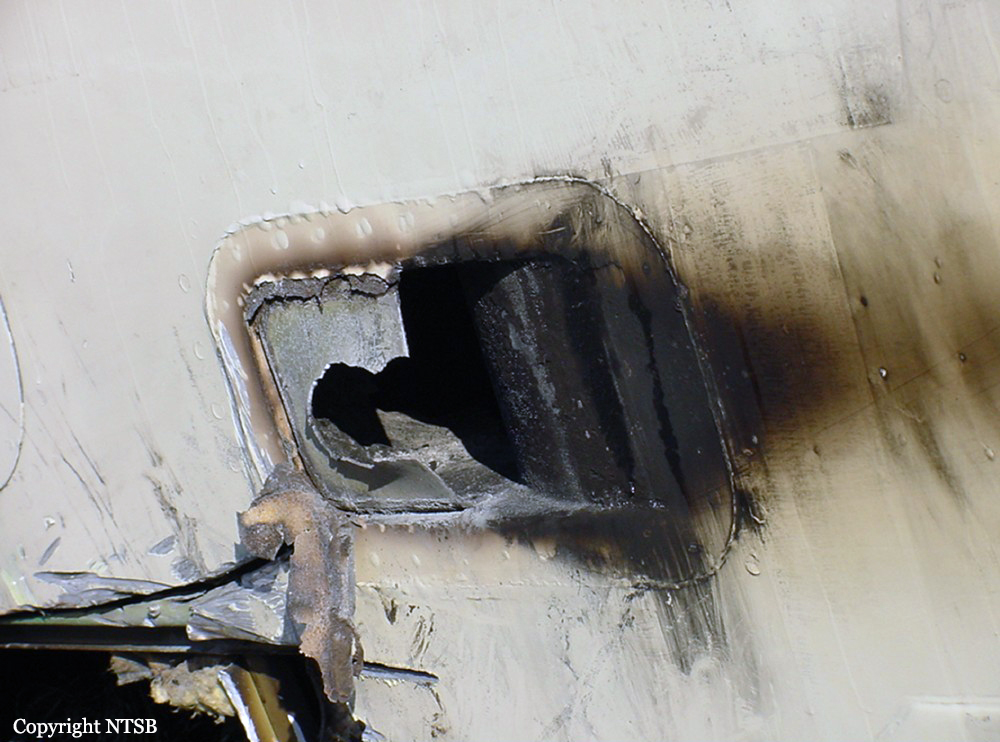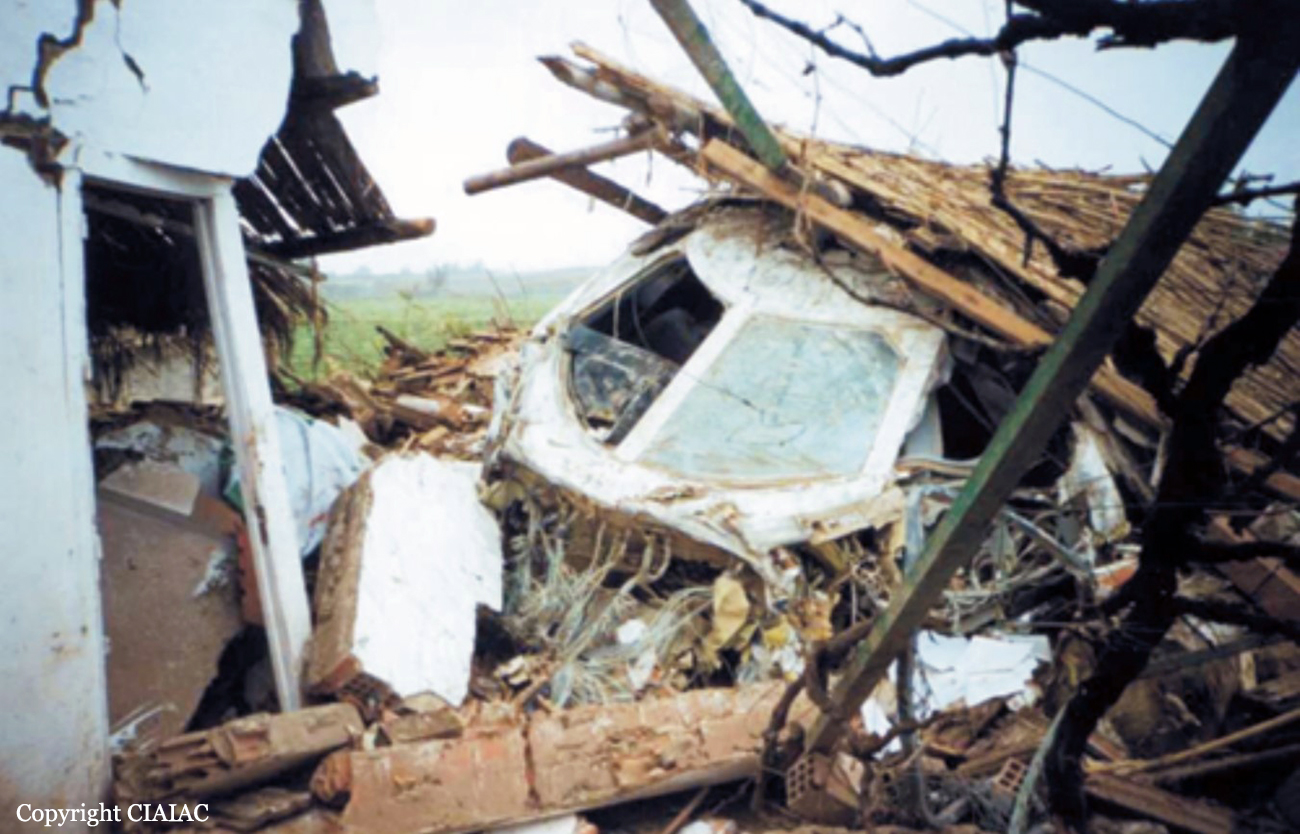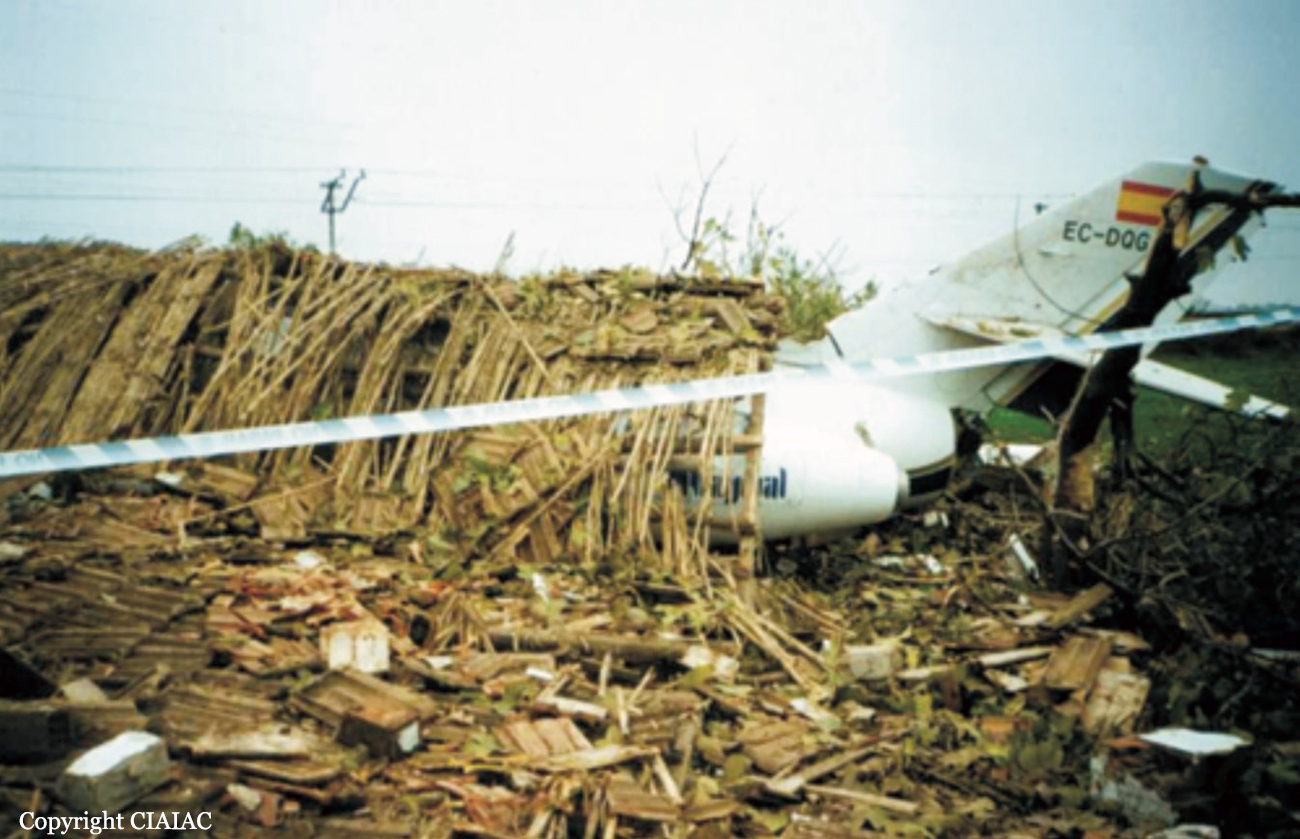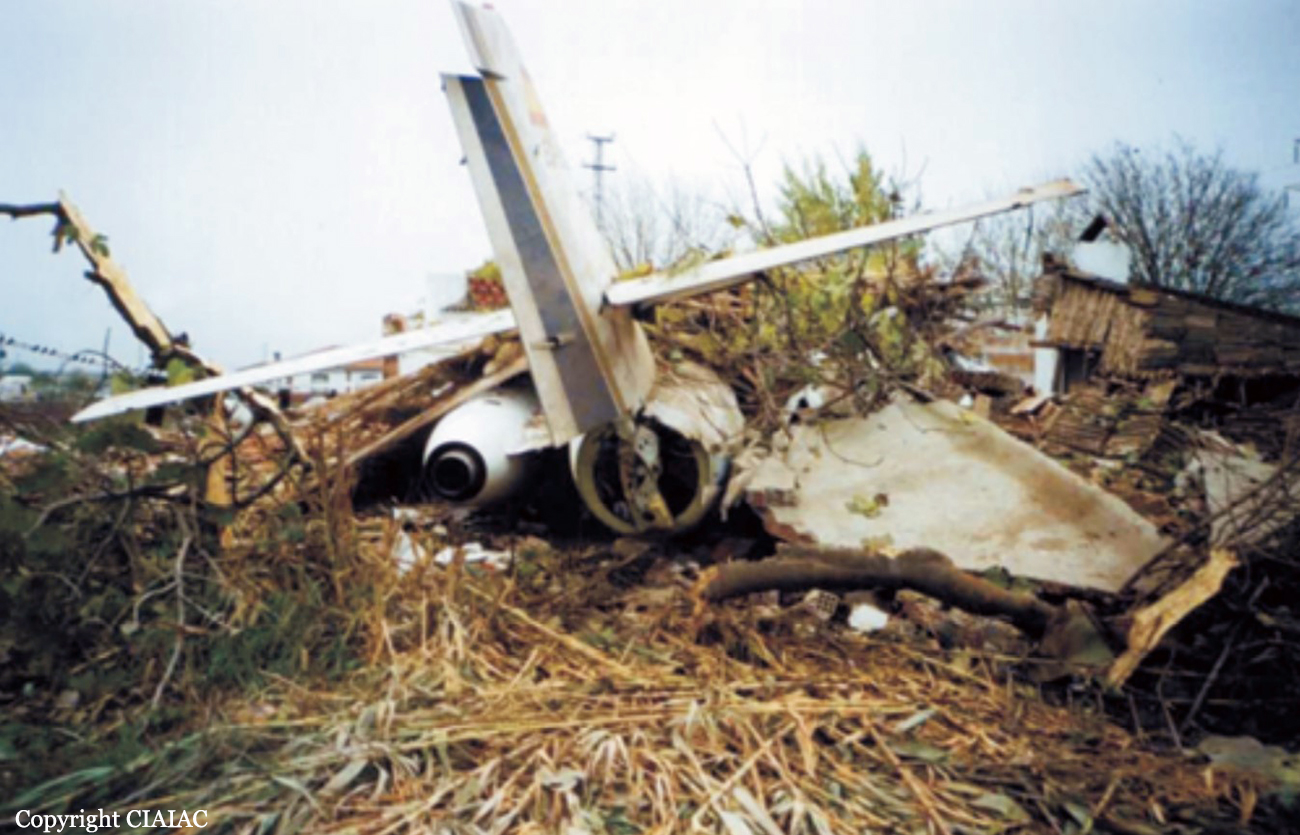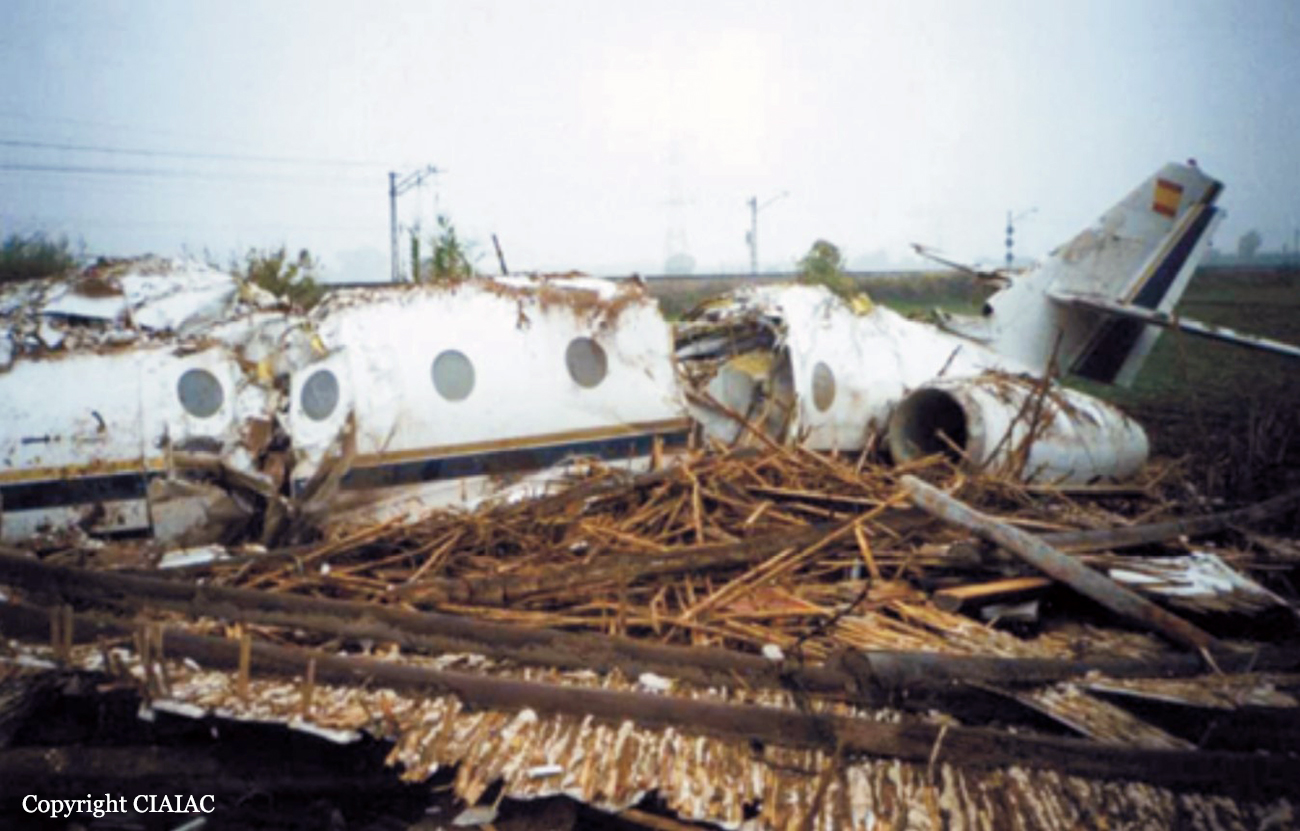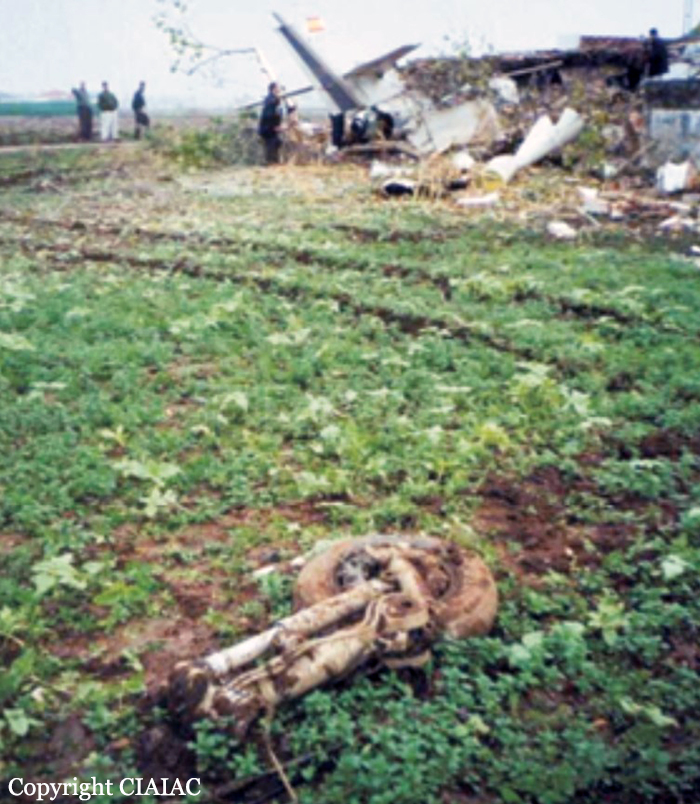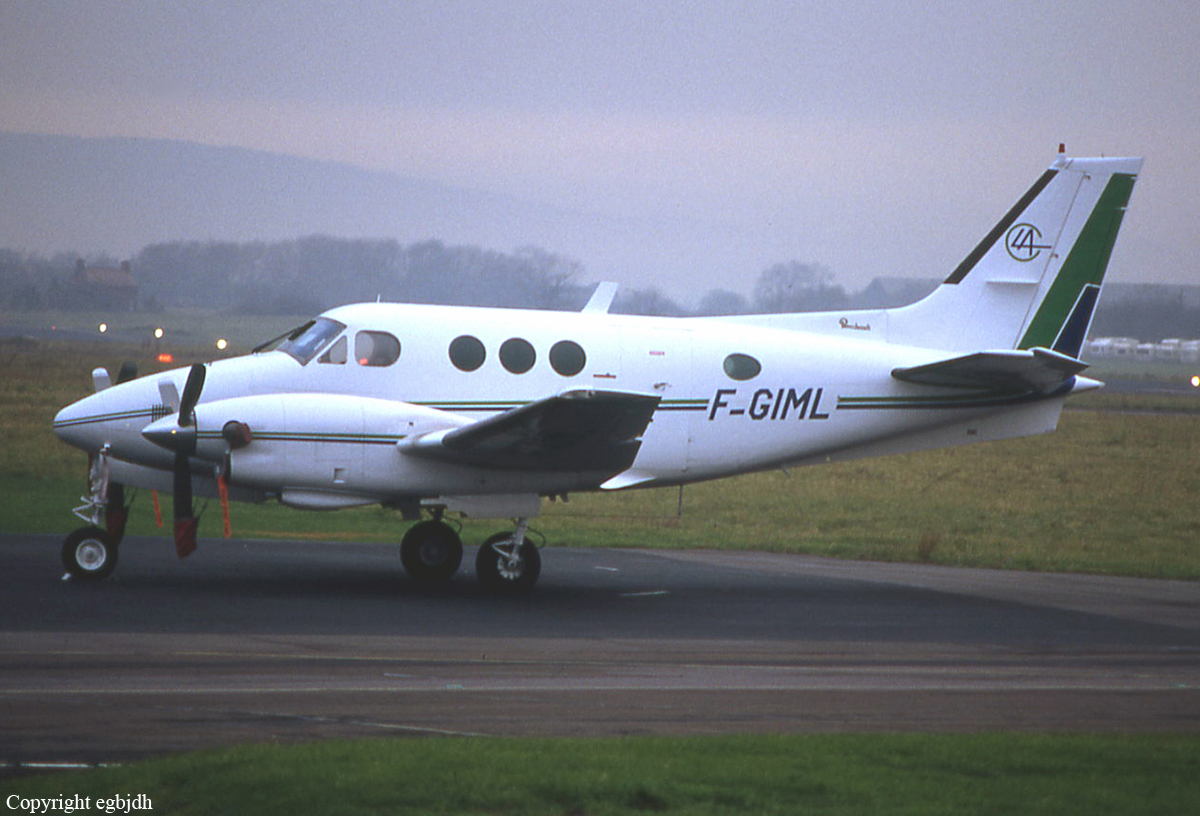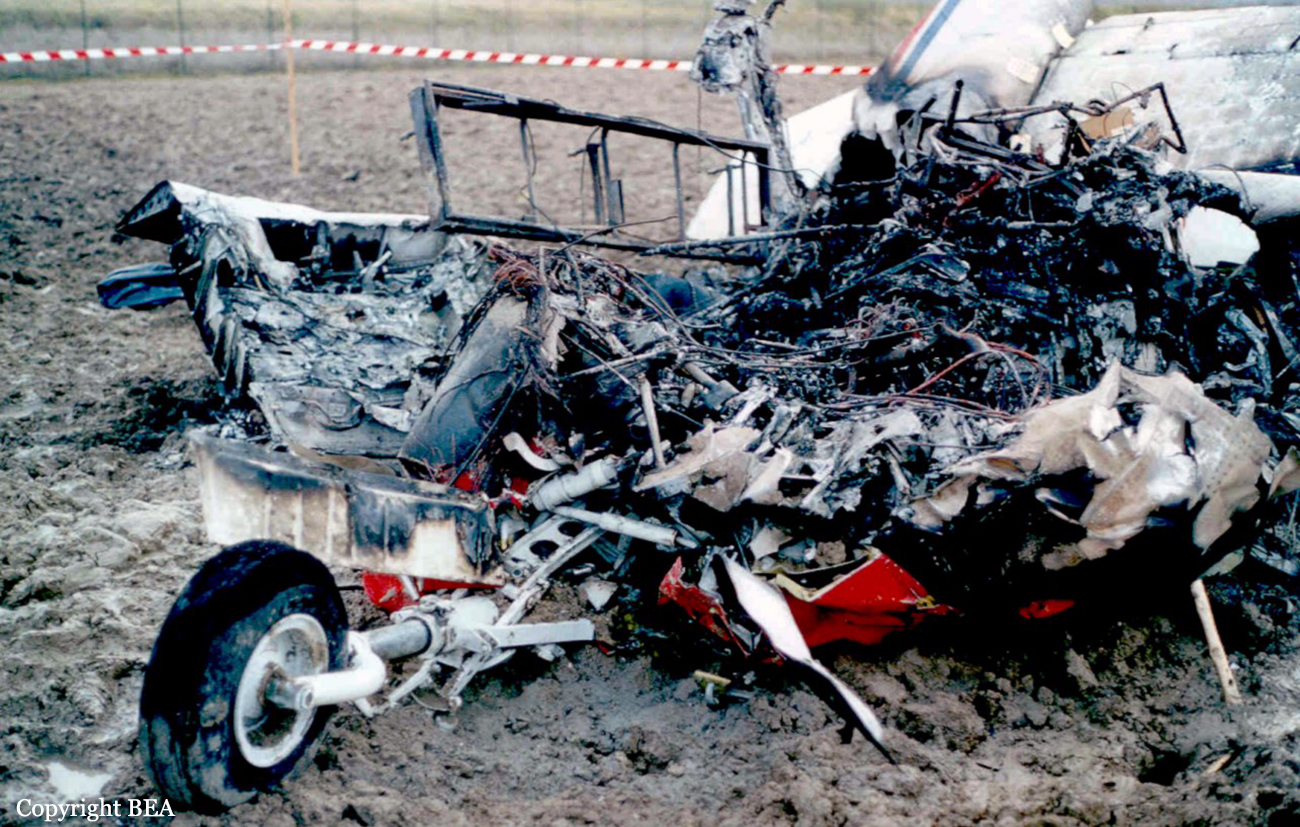Crash of a Piper PA-31-325 Navajo in Belvidere: 1 killed
Date & Time:
Dec 14, 2000 at 1303 LT
Registration:
N120JB
Survivors:
No
Schedule:
Vero Beach - Edenton
MSN:
31-7612050
YOM:
1976
Crew on board:
1
Crew fatalities:
Pax on board:
0
Pax fatalities:
Other fatalities:
Total fatalities:
1
Captain / Total hours on type:
336.00
Aircraft flight hours:
4903
Circumstances:
The flight was maneuvering in instrument meteorological conditions and was observed on radar making climbing and descending turns prior to making a final descending turn and being lost from radar. Examination of the crash site showed the airplane had impacted the terrain in a about a 90-degree nose down attitude. The crash site was about .09 miles from the last radar contact, when the airplane was 2,000 feet above ground level. Post crash examination of the airplane structure, flight controls, engines, propellers, and airplane systems showed no evidence of pre-crash failure or malfunction.
Probable cause:
The pilot's failure to maintain airplane control due to spatial disorientation while maneuvering in instrument meteorological conditions resulting in the airplane entering a descending turn and crashing into terrain.
Final Report:


